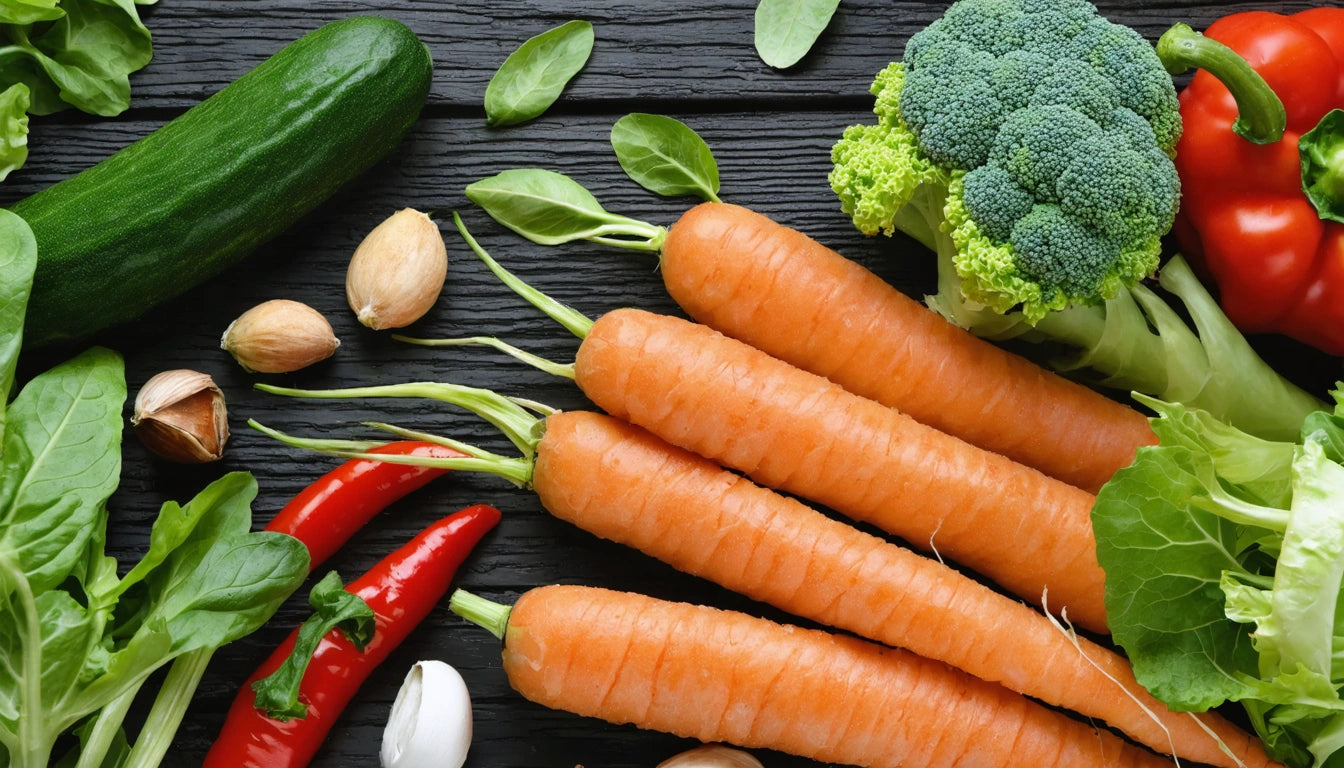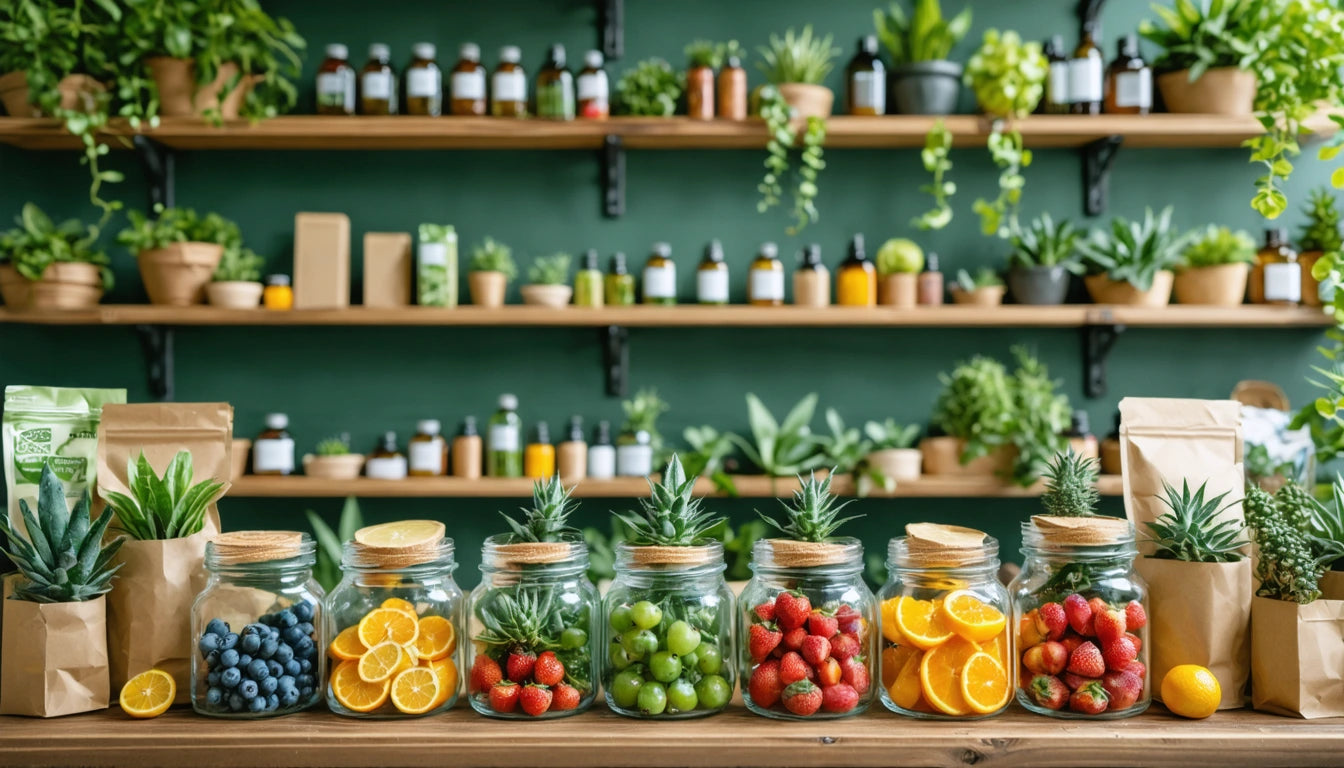Table of Contents
- Cold Chain Requirements for Cannabis Edibles
- Effective Materials for Temperature-Controlled Edible Packaging
- Moisture Barriers and Condensation Control
- Compliance Considerations for Cold Chain Edible Packaging
- Sustainability Factors in Temperature-Controlled Packaging
- Future Innovations in Cold Chain Edible Packaging
Cannabis edibles often require specific temperature conditions to maintain potency, flavor, and shelf stability. As the market expands, manufacturers must navigate the complexities of cold chain distribution while ensuring packaging maintains compliance and product integrity. The right packaging materials play a crucial role in this process, protecting sensitive products from temperature fluctuations, moisture, and contamination.
Cold Chain Requirements for Cannabis Edibles
Cold chain distribution for cannabis edibles involves maintaining specific temperature ranges from production through transportation, storage, and retail display. Chocolates, gummies, beverages, and other temperature-sensitive products each have unique requirements:
- Chocolates: Generally require 55-68 °F (13-20 °C) to prevent melting or bloom
- Frozen products: Need consistent temperatures below 0 °F (-18 °C)
- Refrigerated items: Typically maintained at 34-40 °F (1-4 °C)
- Shelf-stable but temperature-sensitive: Often best kept below 75 °F (24 °C)
According to research on shelf-life extension, temperature fluctuations can significantly impact cannabinoid stability and potency. The right packaging must create an effective barrier against these variations while meeting regulatory requirements.
Effective Materials for Temperature-Controlled Edible Packaging
High-Barrier Films and Laminates
Multi-layer films combining different materials offer superior protection for cold chain products:
- PET/PE (polyethylene terephthalate/polyethylene) laminates: Provide excellent moisture barriers while maintaining flexibility at low temperatures
- EVOH (ethylene vinyl alcohol) layers: Create oxygen barriers that protect against oxidation
- Metallized films: Reflect heat and light while providing strong barrier properties
These materials are commonly used in flexible pouches for gummies, chocolates, and other edibles that require temperature control.
Rigid Containers with Thermal Properties
For products requiring more robust protection:
- Insulated rigid containers: Often made from polypropylene with air-gap designs for temperature regulation
- Modified HDPE (high-density polyethylene): Maintains structural integrity in freezing conditions
- Glass with specialized coatings: Provides excellent barrier properties for refrigerated products
When processing large quantities of edibles for packaging, manufacturers often utilize specialized equipment like industrial grinding machines to ensure consistent product texture before cold chain packaging.
Moisture Barriers and Condensation Control
Temperature fluctuations in cold chain distribution create condensation challenges that can compromise product integrity. Effective packaging must address this through:
- Desiccant integration: Silica gel packets or integrated desiccant layers absorb excess moisture
- Anti-fog treatments: Prevent visibility issues in transparent packaging
- Moisture-wicking materials: Draw condensation away from the product
These features are particularly important for opaque packaging solutions where internal condensation might not be visible until the package is opened.
Compliance Considerations for Cold Chain Edible Packaging
Cold chain distribution adds complexity to compliance requirements. Packaging must maintain its child-resistant properties and labeling integrity even when subjected to temperature extremes:
- Low-temperature adhesives: Ensure labels remain attached in cold environments
- Frost-resistant printing: Prevents smudging or degradation when condensation forms
- Child-resistant mechanisms rated for temperature ranges: Some CR features can become brittle or malfunction in extreme cold
Common compliance pitfalls include using adhesives that fail in cold conditions or materials that become brittle and compromise child-resistant functions.
Sustainability Factors in Temperature-Controlled Packaging
Balancing sustainability with cold chain requirements presents unique challenges. Some viable approaches include:
- PCR (post-consumer recycled) content in outer layers, with virgin materials for product-contact surfaces
- Bio-based insulation materials derived from mushroom mycelium or corn starch
- Recyclable mono-material designs that maintain thermal properties
The biodegradable vs. recyclable debate becomes more complex with cold chain requirements, as some biodegradable materials perform poorly in low temperatures.
Future Innovations in Cold Chain Edible Packaging
The cannabis industry continues to drive packaging innovation, with several promising developments for cold chain distribution:
- Phase-change materials embedded in packaging that absorb or release heat to maintain optimal temperatures
- Smart packaging with temperature indicators that alert consumers to potential temperature excursions
- Compostable films with improved performance in cold environments
- QR code systems that track temperature history throughout distribution
These innovations address the growing need for smart packaging solutions that provide both functionality and consumer information.
As the cannabis edibles market expands, manufacturers who master cold chain packaging will gain significant advantages in product quality, compliance, and consumer satisfaction. By selecting appropriate materials and designs specifically engineered for temperature-controlled distribution, brands can ensure their products arrive at their destination with potency, flavor, and safety intact.











Leave a comment
All comments are moderated before being published.
This site is protected by hCaptcha and the hCaptcha Privacy Policy and Terms of Service apply.